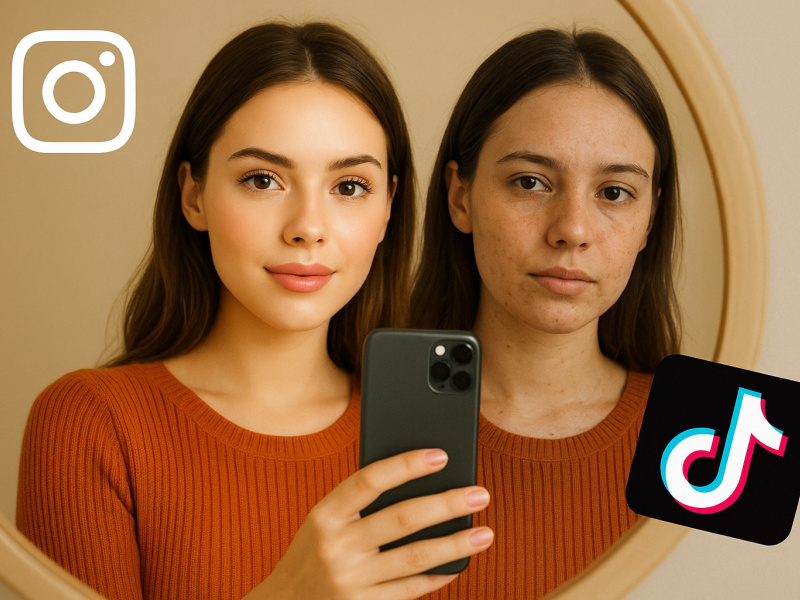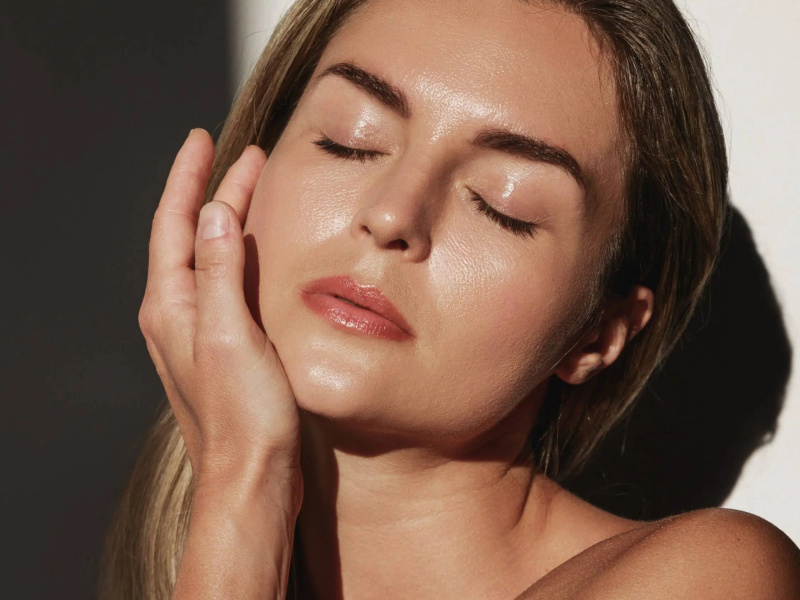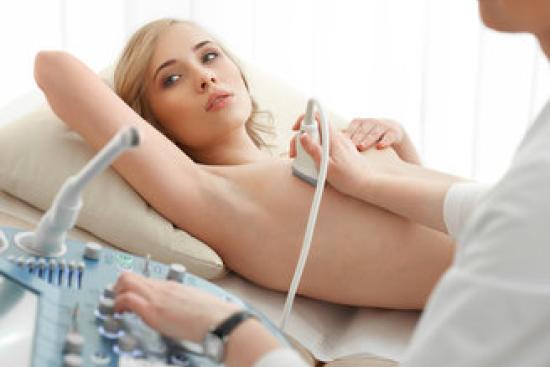Do you experience discomfort, pain, or tension in your breasts? Rest assured that, in most cases, this is not a sign of a serious problem. These types of pain, known as mastodynia, affect thousands of women at various points in their lives. But when should you be concerned? More importantly, how can they be effectively relieved? We explain it all clearly and without taboos.
What is mastodynia?
Mastodynia is pain in one or both breasts. It can be mild or severe, diffuse or localized.
There are two main types:
- Cyclic: Linked to the menstrual cycle, it generally occurs a few days before menstruation and then disappears.
- Non-cyclical mastodynia: It is not associated with the menstrual cycle. It may manifest as a continuous condition, occur occasionally, or be associated with an additional factor.
Hormonal variations : the most frequent cause
Many women experience breast pain at some point in their lives. In most cases, this pain is linked to hormonal changes.
Before a period, estrogen and progesterone levels rise, making the breasts more sensitive, tense, or painful. This pain often affects both breasts and lasts for a few days before or during the period.
This discomfort can appear very early during pregnancy, sometimes even before a missed period is noticed. For some women, this is often one of the first warning signs. The breasts become swollen, heavy, and uncomfortable in line with the initial hormonal changes.
Other common causes of breast pain
Apart from hormonal causes, several factors can explain localized or diffuse breast pain.
- Fibroadenomas and benign cysts: These are noncancerous masses that can cause discomfort.
- Contraceptive pills or hormone treatments: Certain drugs can alter the hormonal balance.
- Stress and fatigue can accentuate the perception of pain.
- A rich diet: Caffeine, salt, and saturated fats can make breasts more sensitive.
- An ill-fitting bra can cause mechanical pain if it is too tight or lacks support.
- Shock or muscle pain is sometimes mistaken for breast pain.
- Infection or abscess: Though rare, it is possible in cases of redness, swelling, or fever.
For some women, chronic pain may be linked to large breast size. In such cases, breast reduction surgery may be considered a long-term solution.
While most breast pain is benign, persistent, unusual, or unilateral pain always warrants a medical evaluation. In rare cases of breast cancer, for example, a consultation with a specialist can either provide reassurance or lead to an early diagnosis.
When should you seek medical advice?
Don't hesitate to consult a healthcare professional if you experience unexplained, asymmetrical pain or pain that lasts a long time. They may need to perform a clinical examination, ultrasound, or mammogram to rule out any serious causes and put your mind at ease.
Would you like a full breast examination or a second opinion? Contact us to be referred to an experienced specialist.
How is mastodynia diagnosed?
During a consultation, a healthcare professional—a general practitioner, gynecologist, or midwife—begins with a thorough clinical examination. The goal is to determine if the breast pain is related to normal hormonal changes during the menstrual cycle (cyclic mastodynia) or if it indicates an underlying condition.
To accomplish this, the practitioner carefully palpates the breasts to detect masses, nodules, or tender areas. They will also ask you specific questions about the nature, location, duration, and intensity of the pain, as well as your medical and family history.
If any unusual signs are detected or if the pain persists, the practitioner may prescribe additional tests, such as:
- Breast ultrasound: To visualize breast tissue and identify cysts or nodules.
- Mammography: Often recommended for women over 40 or if a suspicious abnormality is detected.
These examinations allow us to accurately determine the cause of the pain and rule out any serious conditions.
Relief from cyclical mastodynia
If the pain is related to the menstrual cycle, light therapy is usually sufficient. Paracetamol and nonsteroidal anti-inflammatory drugs (NSAIDs) are often recommended for pain relief. For more intense pain, your doctor may prescribe hormone treatments such as danazol or tamoxifen that act on hormone receptors in the breast.
A well-fitting, comfortable bra is key to reducing breast pain, especially during the premenstrual period, pregnancy, or if you have large breasts. Choose a bra that offers good support without compression.
Natural treatments and everyday practices
Certain habits can have a significant impact on mild to moderate pain.
- Apply local heat or gentle massage.
- Limit your consumption of stimulants, such as caffeine, alcohol, and tobacco.
- Try taking natural supplements such as evening primrose oil, which is rich in essential fatty acids, or vitamin E, which is known for its beneficial effects on breast pain.
When should I consider specialized care?
Certain situations require more extensive medical follow-up. For instance, if you have a painful fibroadenoma, your doctor may recommend surgery to remove the benign mass.
If you have chronic pain linked to breast hypertrophy, a breast reduction may provide long-lasting relief and improve your quality of life.
While breast pain should never be taken lightly, it is not necessarily a sign of serious pathology. Understanding the origin of the pain makes it easier to relieve or treat. If you would like to speak with a specialist or consider personalized treatment, our teams are here to help.
Need support? Discover our medical and surgical solutions tailored to your needs.







